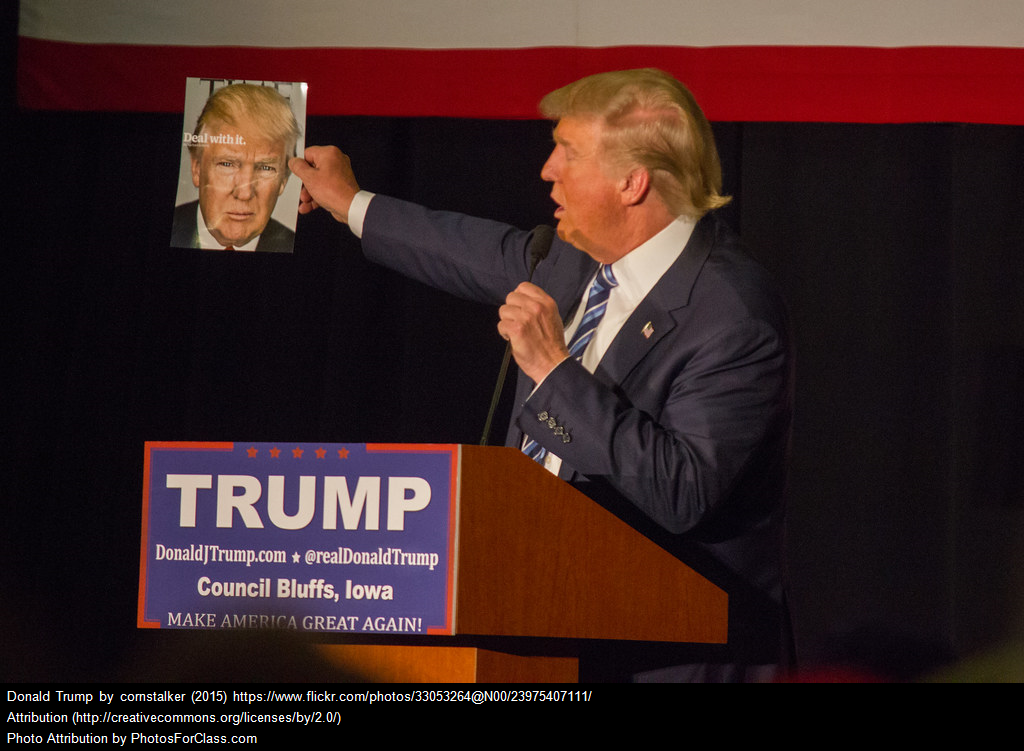
Even for a president not known for his leadership qualities, the last few weeks have garnered numerous rough headlines when it comes to the Trump Administration’s leadership team. President Trump has both publicly overruled and humiliated at least three of his top leadership team members including his secretaries at Treasury, Education, and Homeland Security. After Treasury Secretary Steven Mnuchin told Congress they planned to release the President’s tax returns if asked by Congress, Mnuchin was blasted by the White House. After Homeland Security Kirstjen Nielsen worked out a pact with officials from El Salvador, Guatemala, and Honduras to limit unauthorized migration, the President threatened to cancel aid to all three countries, accusing them each of being all talk and no action, directly undercutting Nielsen’s work. And it was even worse for Secretary of Education Betsy DeVos, who revealed plans to cut funding for the Special Olympics, only for the President to walk it all back.
Value judgments on such policies and the optics aside, we can all agree that pulling the rug out from underneath team members is hardly stellar leadership. Instead, these are the sorts of things that happen in a culture concerned with retribution and are hardly a model of a psychologically safe culture, an environment that’s safe for interpersonal risk taking. In workplaces in which retribution, humiliation, or undermining is common, stress is high, trust is low, and innovation and productivity lag. High performance problem solving is challenging when you’re concerned about the next knife that could be stuck in your back. You’re probably well aware that that isn’t the sort of leader you want to be. But how do you create a psychologically safe culture where people can tell the truth without fear?
Often even without realizing it, leaders leave people in a place of defensiveness by criticizing them, blaming them, and making them feel “less than.” Inadvertently, they create conditions that erode psychological safety and trust. This doesn’t have to be blatant, either, such as the White House’s recent leadership missteps. Instead, most leaders simply don’t realize the negative impact they sometimes have on others. Leaving people in a place of defensiveness can stem from a leader’s blind spots, a “one-size-fits-all” approach to communication, or his or her own stress, to name a few catalysts.
All too often leaders judge their people, situations, or even conversations in an unconscious attempt to create safety for themselves in that moment, as judging someone else may create the false safety that stems from a sense of being right and making the other person wrong—but that doesn’t always result in psychological safety for the people working under these leaders. Yet that makes it no less common; if you’re honest with yourself, you’ve likely fallen into this trap as well.
Fortunately, you can learn from your mistakes and create a higher trust workspace where people feel valued and heard, are allowed to be their authentic selves, and as a result can grow and consistently push themselves forward.
What might a best-case scenario look like?
When you lead from a space of trust, respect, and emotional safety, you allow your people the freedom to speak the truth. You ensure they will be heard. You value their input. And this all contributes to a workplace culture where individuals can push themselves forward as they feel supported by leaders. This creates a place of learning and growth.
As leaders, we want to engage in dialogue that builds trust and connection, a dialogue that forwards mutual learning, and holds both of us accountable. Leaving people in a place of learning is mutual. As a leader, you can learn just as much as, if not more than, the team member with whom you’re speaking. To begin, you check your ego at the door and remember that if you want others to take risks, share ideas, and be willing to learn, you need to model this by using skills and taking actions like these:
- Listen and get curious: Ask good questions.
- Be honest, tell the truth, and hold people accountable.
- Trust people’s abilities, decisions, and problem-solving.
- Help people grow, ask what they’ve learned, and find out what they need. Act on this. Follow through is an act of trust, respect, and appreciation.
Many high level leaders don’t do those things. But you’re a better leader than that. When you model these behaviors and “walk your talk,” you harness your cultural system’s emotional energy and guide it toward cultural brilliance.

